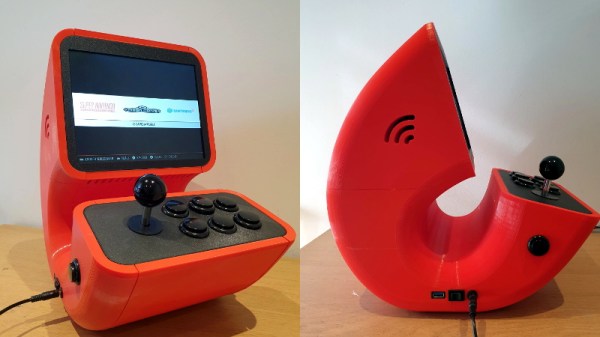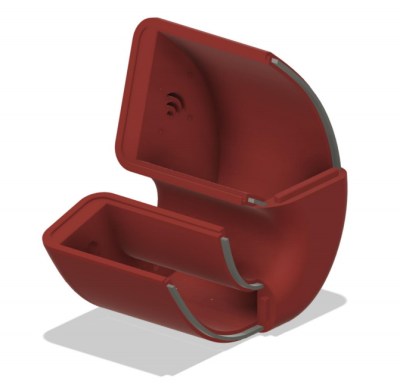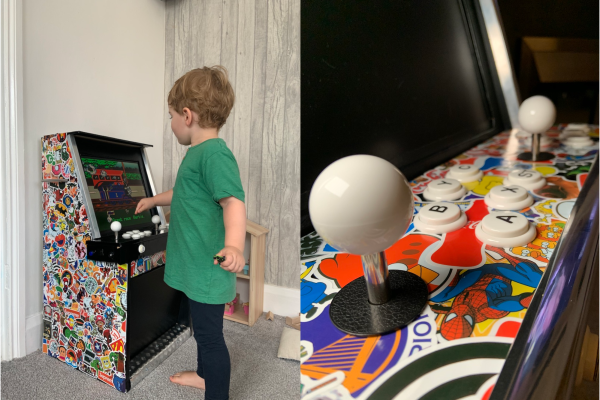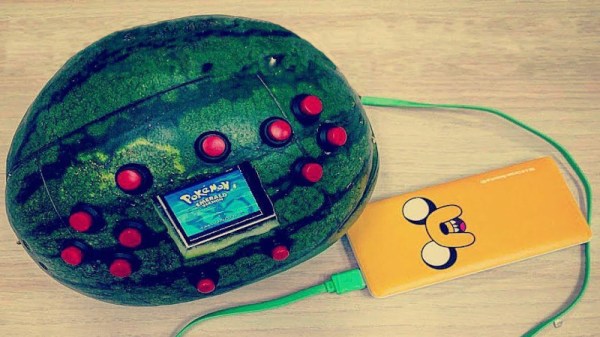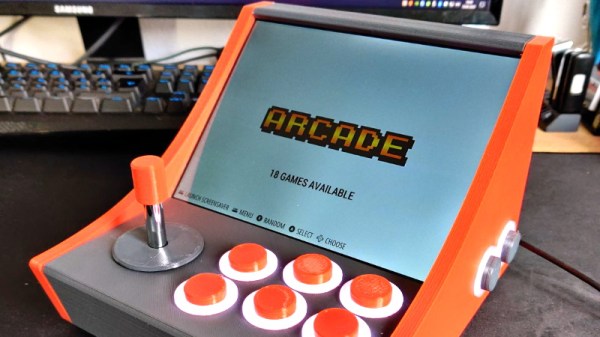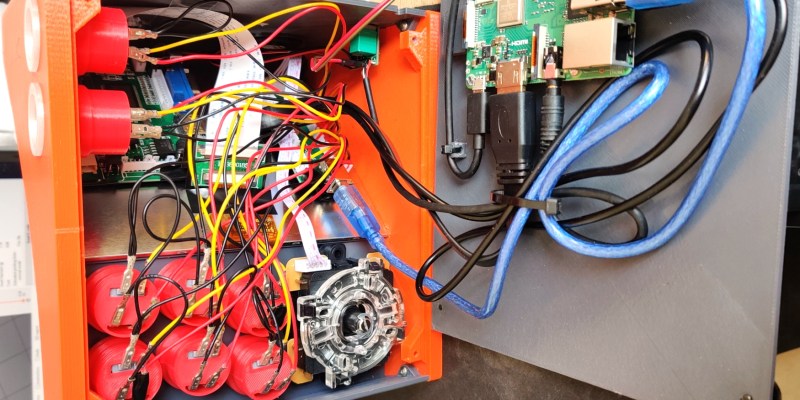Back in 2018, we covered the work being done by [Andrew Sinden] to create a lightgun that could work on modern televisions. The project was looking for funding via Kickstarter, but due at least in part to skepticism about the technology involved, the campaign fell well short of its goal. It seemed, at the time, like the story would end there.
But we were recently pointed to a fascinating interview with [Andrew] that ran in The Guardian a couple months back that not only tells the rest of the story, but concludes with a happy ending — after years of hard work, the Sinden Lightgun is now available for purchase. It’s not exactly the turn-key product that some would like, as there’s a fair number of hoops one must jump through just to bag some eponymous waterfowl in Duck Hunt, but nothing that would scare off the average Hackaday reader.

The final version of the hardware ditches the realistic firearm aesthetic inherited from the Wii gun accessory it was designed to fit into, and now features a brightly-colored pistol enclosure that wouldn’t look out of place tethered to a Virtua Cop machine. It’s also gained an optional recoil solenoid for force feedback, though it tacks on another $60 to the already hefty $100 price tag for the base model.
We’re glad to see that [Andrew] recognized the importance of getting Linux support for the software side of things, as it enabled the development of a pre-configured Retropie image for the Raspberry Pi 4. Though you aren’t forced to emulate on the Pi, for those who would like to blast the occasional zombie on their desktop, Windows and x86 Linux are also supported.
Often times, when we cover a project here on Hackaday it’s a one-shot deal: somebody had a particular need or desire, built a gadget to fulfill it, and moved on. There’s nothing wrong with that, but there’s a certain feeling of pride when we see a project from this community develop into something more. While not every hacked together piece of hardware we feature has the potential to be the next Arduboy or Sinden Lightgun, we like to think that we’ve already covered the next big project-turned-product success story and just don’t know it yet.
Continue reading “The Little Lightgun That Could: Sinden Makes Good”



